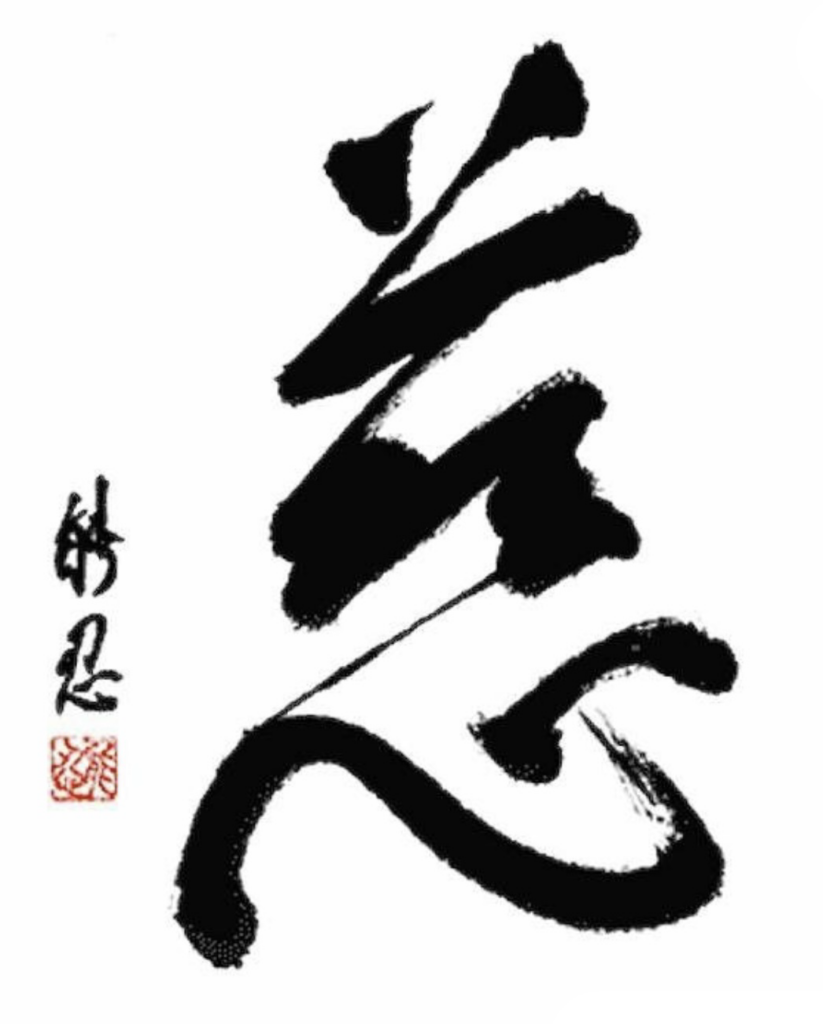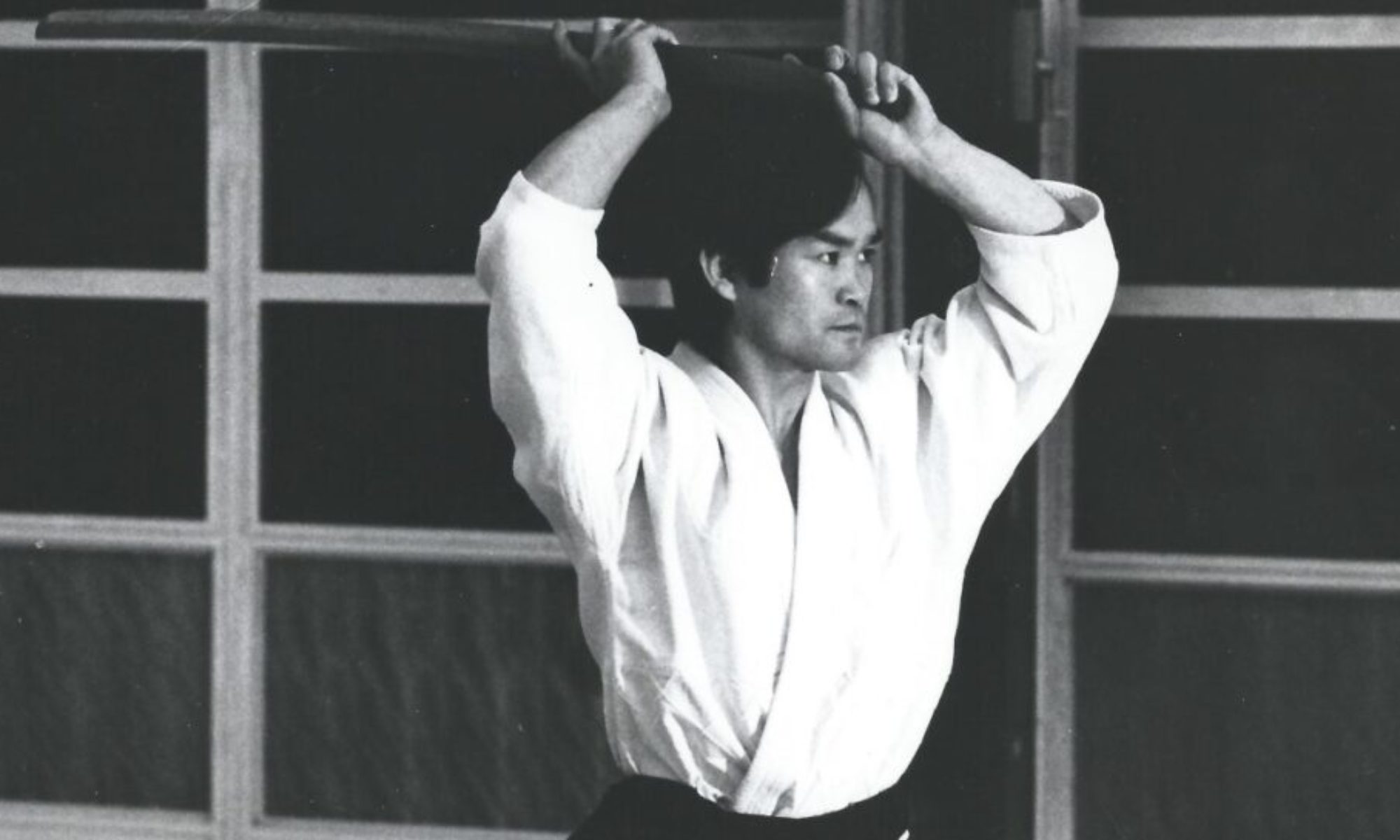by Daniel Reid, Multnomah Aikikai
“I have just three things to teach:
simplicity, patience, compassion.
These three are your greatest treasures.”
Lao Tzu, Tao Te Ching, Verse 67
Translation by Stephen Mitchell
I discovered the Tao Te Ching when I read it for my high school senior English class while, like most teenagers, I was confusedly searching for what I believed. These lines from Verse 67 resonated strongly with me and quickly became a guidepost toward how I wanted to live my life. Since then I have come to believe that, while each of the three “greatest treasures” complement the others in my individual life, compassion is the most vital of the three in my relations with the other people and communities around me. Simplicity without compassion can become a dour asceticism that denies the joys of life and leads to social isolation. Patience without compassion can become dogged endurance while looking down with supposed superiority on other people’s flaws. Compassion is the key that opens my heart to authentic engagement in both my personal life and my practice of Aikido.

Most people we encounter in our communities, whether in a dojo, a neighborhood, a religious congregation, a city, or beyond, are struggling with some degree of internal conflict. That conflict may take the form of anxiety, self-doubt, depression, or any number of other challenges to our mental health. A difficult situation with a partner or family member may add stress, tension, or grief to someone’s personal life. Many people are battling some kind of addiction, whether to alcohol, drugs from the pharmacy, or drugs from the street. Simply living in our modern world with its constant stream of tragedy and outrage can add an undercurrent of sadness and anger. These conflicts mostly remain beneath the surface of day-to-day interactions with the people in our lives, but it is my duty to approach each person with compassion regardless of the particulars of their individual struggle.
One of the great aspirations in my life as a parent has been to approach my children with compassion as well. They are brand new people after all, racing headlong through their stages of development with breathtaking speed, and learning to exist in the world along the way. Whether as an infant testing the range of communication from contented gurgle to enraged scream, a preschooler who cannot understand why anyone else should be the center of attention at any given time, or a teenager responding to a knock at their bedroom door with a surly sneer, each of my kids is continually learning to operate their own growing body and developing mind and to engage appropriately with other people around them. My job – which I do with varying degrees of success, depending on my level of sleep deprivation and general frazzlement – is to give my kids all of the loving compassion I can muster, whether I’m reading a bedtime story, tending to a hurt, mediating a sibling dispute, setting a behavior boundary, or just trying to get us out the door on time. My hope is that I can teach them by my own example to be compassionate in their own lives.
The last line of Lao Tzu’s Verse 67 reads “Compassionate toward yourself, you reconcile all beings in the world.” I have needed that reminder in recent years as I have come to understand the changing abilities and limitations of my middle-aged body, which I have found with dismay to be slower, creakier, less resilient, and softer around the edges than I remember. I have been obliged to take special care with my right knee which sustained an injury at Summer Camp in 2019. I was practicing a form of kokyunage with the class at the time, and my uke’s foot made accidental contact with the outside of my knee as she fell. The lateral impact while my weight was on that leg caused the knee joint to buckle sideways and the supporting ligaments to become hyperextended. The resulting stiffness and swelling hampered my training for several months afterward, and that knee has been chronically problematic ever since. Physical therapy has provided great improvements in the joint’s range of motion and stability, but I am still careful with the alignment of my movements to limit lateral stress on my knee. I do believe that this extra focus on my lower body alignment has helped improve my Aikido practice. More importantly, though, this whole experience has compelled me to practice compassion toward myself. It has taught me to allow space for recovery, gratitude, and acceptance of my new situation, and by extension to have greater empathy and compassion for others who are facing their own challenges.
It seems to me that our art of Aikido was born from a need for more compassion in the world. In my understanding of its history, O’Sensei saw the brutality and suffering of the Second World War and other conflicts preceding it. He created Aikido in response as a means to resolve conflict with an attacker without causing unnecessary harm. Many of the techniques we practice have within them the potential to cause grievous or even fatal injury as a result of their roots in the bujutsu of the samurai. The choices we make to care for our training partners’ safety and well being necessarily stem from a continuous practice of compassion on the mat, and that practice cannot help but seep into our lives off the mat as well.
This practice of compassion in the dojo has taken a new dimension for me over the past several years as I’ve found myself, with some surprise, in the role of senpai in many of the classes I attend. In addition to the necessary care and consideration I would extend to any training partner, I have come to understand the need for compassion toward kohai who are discovering new ways to move and arrange their bodies in space through our practice together. Basic movements such as a deep and direct irimi, a lively and connected ukemi response to shihonage, or simply raising the hand blade straight up the centerline to the top of the head might seem elementary or even obvious to someone who has trained for some years. To a new student taking their first steps on the path, though, these may seem like entirely novel and even alien contortions that they struggle to reproduce in their own bodies.
Just as every person we meet bears an unseen burden of internal conflict, so too does each Aikido student bring a unique body with idiosyncratic patterns of movement into the dojo. My task as senpai is to adapt my own interpretation of the practice, in both the nage and uke roles, to support my kohai partner’s understanding and absorption of Aikido. If I ever find myself in danger of an attitude of superiority or impatience, I need only remember my own struggles as a brand-new student when even sitting in seiza was too painful to maintain for more than a few minutes. My aspiration for my Aikido practice today is to follow the example of the compassionate senpai who gave me so much support in developing my practice over the years.
With endless gratitude, gassho.

Editor’s note: there are many published translations in English of the Tao Te Ching. The Stephen Mitchell translation quoted is one that I find easier to understand. Here is Verse 67 in its entirety.
Some say that my teaching is nonsense.
Others call it lofty but impractical.
But to those who have looked inside themselves,
this nonsense makes perfect sense.
And to those who put it into practice,
this loftiness has roots that go deep.
I have just three things to teach:
simplicity, patience, compassion.
These three are your greatest treasures.
Simple in actions and in thoughts, you return to the source of being.
Patient with both friends and enemies, you accord with the way things are.
Compassionate toward yourself,
you reconcile all beings in the world.

Thank you for this clear and beautiful teaching, Daniel Reid.
Thank you, Sensei!
Wow. What a nice article! Thanks for posting. Lots to think about here.
Thank you so much!